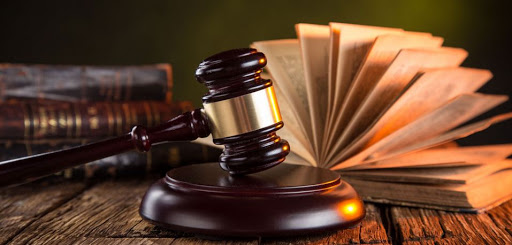The Small Business Administration (SBA) has announced that it will begin accepting Paycheck Protection Program (PPP) loan forgiveness applications on August 10, 2020 through a targeted loan portal. The portal is available only to lenders, not borrowers.
The announcement appeared in recent SBA guidance for lenders regarding the loan forgiveness process. The August 10, 2020 date is subject to extension if Congress enacts procedural or other changes affecting loan forgiveness.
This announcement is good news for PPP borrowers, many of whom have spent all of their PPP loans and want to begin the loan forgiveness application process. Now may be a good time for all borrowers to confer with their lenders regarding the procedures and timing of their loan forgiveness applications.
The guidance makes clear that while a lender applies to the SBA for loan forgiveness, it does so only after a borrower submits a Loan Forgiveness Application to the lender, no later than 10 months after the last day of the 8-week or 24-week Covered Period, once the borrower has spent all PPP loan proceeds for which the borrower is requesting forgiveness.
8-Week or 24-Week Covered Period?
Borrowers may apply for loan forgiveness before the end of their chosen 8-week or 24-week Covered Period. However, if a borrower applies for loan forgiveness before the end of the Covered Period and reduced any employee’s salary or wages by more than 25%, it must account for the excess salary reduction for the entire period.
For example, if a borrower using an 8-week Covered Period reduced a full-time employee’s weekly salary from $1,000 to $700 during the Covered Period, the first $250 (25%) of $1,000 is exempted from the loan forgiveness reduction. The borrower would list $400 as the salary reduction for the employee, equivalent to the extra $50 ($750 less $700) multiplied by 8 weeks.
There are various exceptions, however, and borrowers should consult their accountants or FOS attorney to determine if any apply to the borrower’s situation. For example, a borrower’s loan forgiveness amount may not be reduced where the borrower offered to restore the reduction in hours and the employee declined. A borrower will need to provide records documenting the offer and rejection, another reminder that documentation is critical in the forgiveness application process.
General Procedures
It is the borrower’s responsibility to provide accurate loan forgiveness calculations, upon which a lender may rely. If the lender determines that the borrower is eligible for full or partial loan forgiveness, it must issue its request for payment, with its decision, to the SBA within 60 days of receipt of a complete application.
The SBA then has 90 days to remit the appropriate forgiveness amount to the lender.
In a joint statement, the SBA Administrator and Treasury Secretary clarified that a loan may still be partially forgiven where less than 60% of the proceeds were used for payroll costs during the Covered Period. If only a portion of the loan is forgiven, any remaining balance must be repaid by the borrower on or before the maturity date of the loan.
If a lender denies a borrower’s application in full, it must notify the borrower in writing that it has issued a decision to the SBA denying the application. The borrower has 30 days to notify the lender that it is requesting SBA review of the lender’s decision. Within 5 days of receipt of the borrower’s request for review, the lender must notify the SBA of the request. If the SBA accepts a borrower’s request for review, it will notify the borrower and lender of the review’s results.
The guidance indicates that the SBA intends to issue an interim final rule addressing the process for a borrower to obtain review of an SBA determination that the borrower is ineligible for a PPP loan, a specific loan amount, or a loan forgiveness amount requested by a borrower.
Conclusion
PPP loan and loan forgiveness procedures and requirements remain fluid. Your FOS attorney can help guide you through the complex issues of PPP loans, loan forgiveness, and other legal issues related to the COVID-19 pandemic or otherwise.
Be well.





